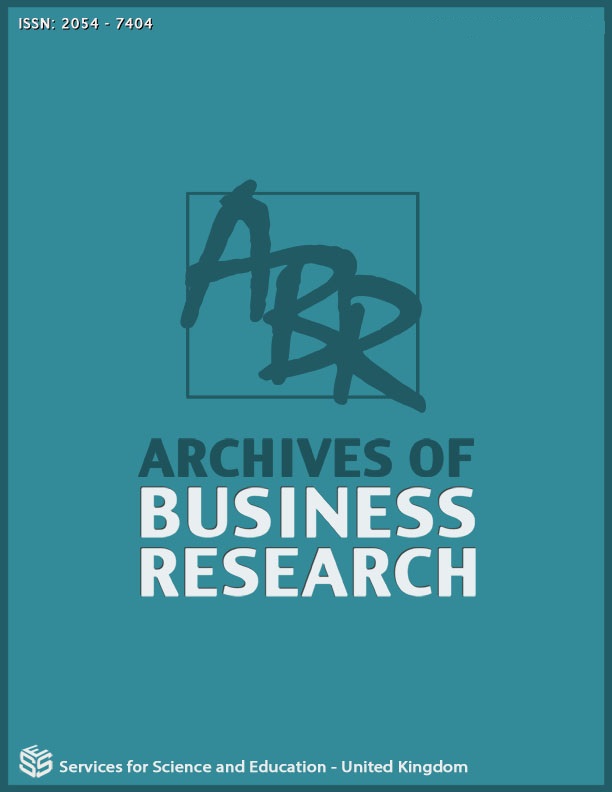Employment Trends and Relative Influence of U.S. Retail Subsector Employments on GDP
DOI:
https://doi.org/10.14738/abr.118.15343Keywords:
Retail industries, NAICS, GDP, Prepandemic, Post-pandemic, Employment, Trends, Panel regression, Fixed effect, robust standard errorAbstract
This paper studies employment trends of the U.S. retail industry and its twelve subsectors for the period 1998 through 2021. The retail subsectors are: motor vehicle and parts dealers (NAICS 441), furniture and home furnishing stores (NAICS 442), electronics retail stores (NAICS 443), building material retail stores (NAICS 444), food and beverage stores (NAICS 445), health and personal care retail stores (NAICS 446), gasoline stations (NAICS 447), clothing and accessories retail stores (NAICS 448), sporting goods, hobby goods, books, and music retail stores (NAICS 451), general merchandise stores (NAICS 452), miscellaneous retail stores (NAICS 453), and nonstore retail stores (NAICS 454). Comparing the pre-pandemic (2017-19) and post-pandemic (2019-21) employment growth rates, this study finds nonstore retailers (NAICS 454) and Food and beverages stores (NAICS 445) to be the most pandemic-proof subsectors in terms of retail employment. Besides multi-jurisdictional employment trends of this industry, this paper also explores the state-level influence of retail sub-sectoral employments on U.S. GDP using a fixed panel regression model. The retail subsectors that displayed statistically significant positive correlation with GDP are motor vehicle dealerships, health and personal care stores, clothing stores, and nonstore retailers such as electronic shopping and mail order businesses. Among the control variables, state-level total patent counts had statistically significant positive correlation with GDP.
Downloads
Published
How to Cite
Issue
Section
License
Copyright (c) 2023 Abdullah Khan

This work is licensed under a Creative Commons Attribution 4.0 International License.






